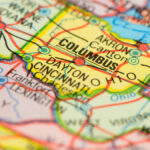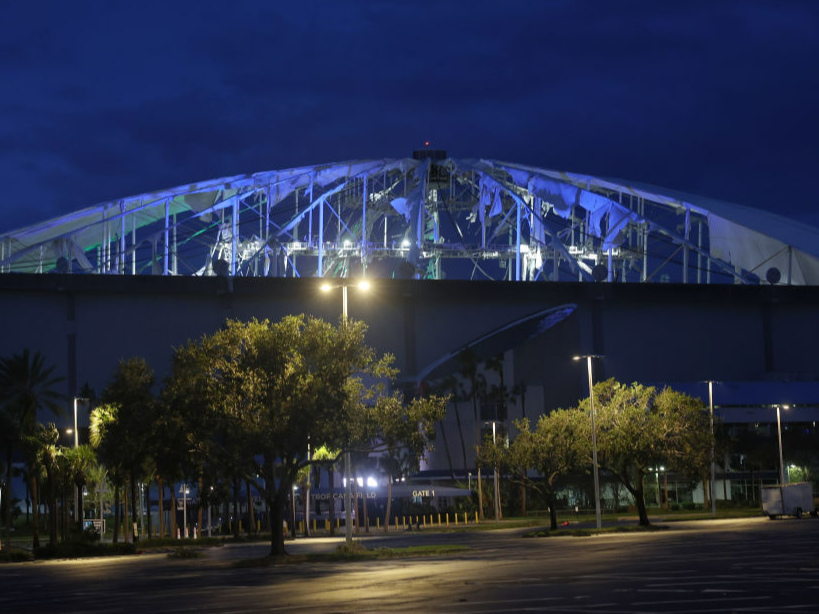Risk Insider: Jon Hall
A Rising Tide
Earthquakes. Tropical cyclones. Snow. Flooding. Of all the natural hazards, studies show that flood is the most expensive. According to a report published by Aon Benfield in 2016, flooding was the costliest overall peril for the fourth consecutive year, at $62 billion.
Our world’s climate is changing, and some weather patterns are shifting. Due to the rise in world population, a rise in value at risk, increasing vulnerability due to globalization, and the rapid development of emerging markets which are less resilient, property loss from natural catastrophes has been, and will continue to be, ever more costly.
Many businesses are questioning if they’re doing enough to prepare for and adapt to these catastrophes. But just how should businesses plan to stem the rising tide? Of all the natural disaster losses, flood loss can be both the most predictable and the most preventable, so armed with clear information, businesses can take action to protect their value.
The most obvious action is to locate far from low-lying river, coastal or other flood-prone areas. If that isn’t possible, however, there are some proactive steps businesses can take to reduce their risk of potential flood damage and business interruption.
Among the preparations businesses can take to reduce the impact of flood is permanently moving all electrical, computer and telecommunications equipment safely out of low-lying interior and outside areas to settings above the flood level.
Flood preparation and awareness are key. Facilities located within high-hazard flood zones will eventually experience major flooding. In addition, FM Global has always recommended that clients not build in moderate-hazard (500-year flood-exposed) areas. In fact, in many areas around the world, building codes and regulations now call for critical infrastructure occupancies, such as utilities, emergency services, schools and hospitals, to build higher or protect against the 500-year flood level.
Nearly one in 10 commercial facilities are already located within a flood zone, and the best loss prevention practice for these properties is unremitting vigilance. While there is no way to prevent a flood from occurring, businesses can enhance their resilience by preparing for whatever precipitation extremes could occur. This can’t happen, however, without a contingency plan. Without a plan, buildings, machinery, data centers, transportation networks, supply chains, employees and customers are all at risk.
Facilities at risk for flooding must prepare well in advance to keep water out of business-critical areas to limit downtime and service interruptions. Smart businesses have a clear plan for what they will do when flooding is imminent, including choosing the best location for their flood barriers, sealing walls and floors, and providing flood pumps and other mitigation equipment that will help maintain business continuity.
Among the preparations businesses can take to reduce the impact of flood is permanently moving all electrical, computer and telecommunications equipment safely out of low-lying interior and outside areas to settings above the flood level.
FM Global’s recently released interactive Global Flood Map presents business executives with a powerful strategic planning tool, and risk managers with a way to address potential flood exposure around the world. Built using hydrology and hydraulic science, the Global Flood Map considers, among other factors, essential information like rainfall, evaporation, snowmelt and terrain. A version of the map is available for use by businesses and the public at no cost.
The map can help users determine whether their business locations reside in a potential flood zone by simply typing in physical addresses. The map identifies potential 100 year flood zones — highlighted in pink — and potential 500-year flood zones highlighted in yellow. The term 100-year flood exposure can be misleading. Over the 30-year life of a facility (or a risk manager’s career), there is a one in four chance your facility will flood if it is located in a 100-year flood zone, and a one in six chance if it is located in a 500-year zone.
Knowing their unique flood risk helps prepare businesses to implement the best solutions for when a disaster strikes, and gives them the opportunity to stem the rising tide.










